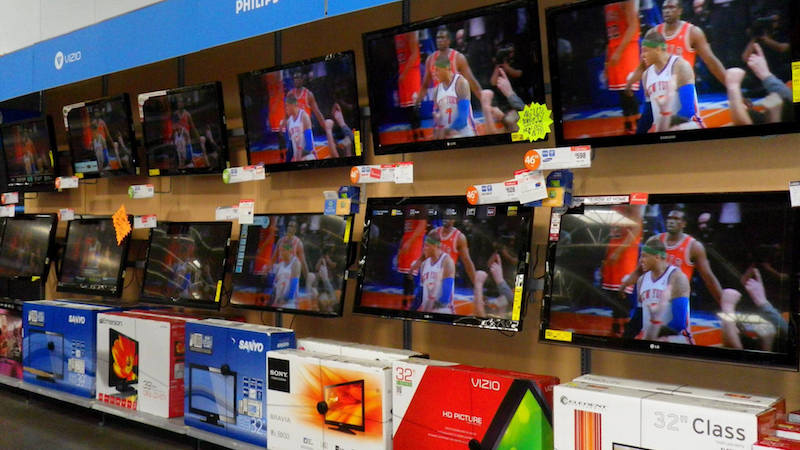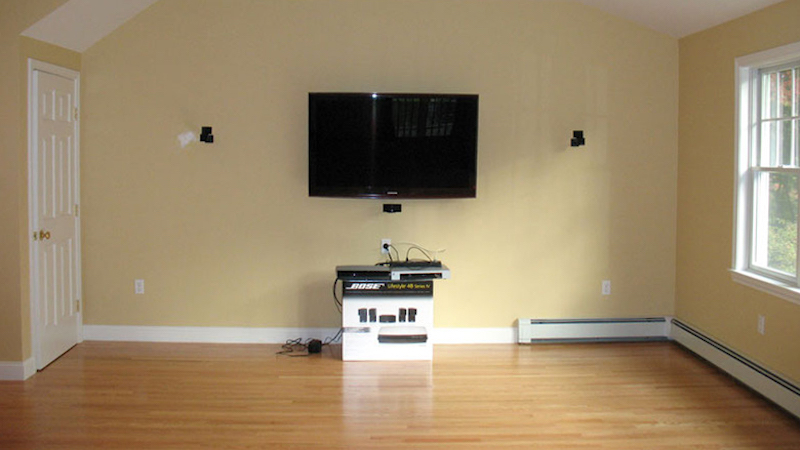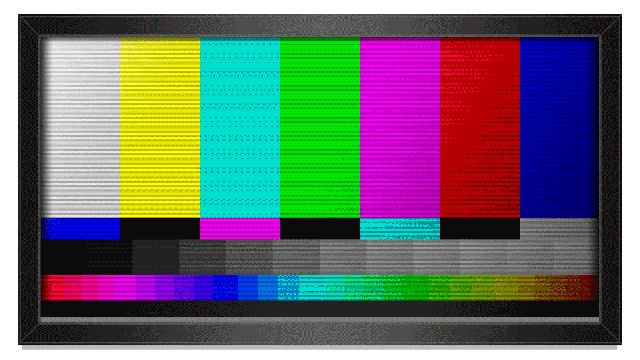When you drop hundreds on an HDTV, you expect it to work out of the box. Yet somehow, in 2016, we still have to tweak colour settings, adjust brightness and make other changes to get the best picture. How is it possible that with all the technical leaps televisions have made over the years, TVs still require calibration?
Illustration by: Sam Woolley. Photos by Rusty Clark, Meg Lessard.
For the unfamiliar, calibrating a TV means setting it up so the picture is as similar as possible to the source material from the studio that created the movie or show you’re watching. We’ve walked you through calibrating your TV before. It’s not a complex process, but it feels wholly unnecessary in an era where our phones and laptops come out of the factory looking accurate. So why can’t a TV come calibrated? It boils down to two main factors.
http://lifehacker.com/5858625/how-to…
HDTVs Are Tuned to Look Great in the Store, Not In Your House

On most TVs, the default settings exist for one purpose: To sell the TV. As the Telegraph points out, this means the TV is calibrated to stand out from the nearly-identical looking TV next to it on a showroom floor.
Wired suggests this usually means the picture is too bright and oversaturated. This works as a flashy in-store display, but looks odd in your home. Some TV models have a specific mode for this, referred to as “Demo Mode” or “Showroom Mode”. Turning this mode off and switching to “Cinema” or “Movie” mode in your TV’s settings is often enough to get the picture you want. Movie mode probably isn’t perfectly accurate, but it’s usually the closest to it you’ll get right out of the box.
Alternatively, your TV might also come out of the box looking too dim, which typically means the “Energy Efficient” setting is enabled. This sounds great if you’re eager to conserve energy or save money on power, but it also makes the picture far too dark. Again, switching to “Cinema” or “Movie” mode fixes this.
This can also turn up in whatever gimmick features your TV might have. TVs ship with all sorts of advanced settings like automatic dimming, motion blur reduction and motion interpolation (the “soap opera” effect everyone hates) enabled by default because they look fancier in the store. Then, you get the TV home and realise that most of these settings make your TV look weird. In many cases, it’s best to go through and turn off these gimmicks. Simply doing that alone will get you a better picture.
Every Home Is a Different Viewing Environment

Finally, it’s worth remembering that every home viewing environment is different. In a perfect world, we’d all have TVs in an appropriately dark room with just enough lighting but not too much. We’d sit at the perfect angle and distance from the TV for optimal viewing. Of course, few of us actually watch TV that way.
No matter what, you’ll likely always need to make a few adjustments to your TV’s settings, at least when it comes to brightness and contrast. If your TV is in a bright room, you’ll need to turn up the brightness and turn down the contrast. If it’s in a dark room, you’ll need to do the opposite, because the brightness is almost always jacked up way too high for display purposes. You may even need to adjust for the time of day you most often watch TV, and the lighting at that time. There’s no point in calibrating your TV in the morning with light streaming through the window if you watch movies at night when it’s dark.
None of this means it’s impossible for a TV to look good out of the box though. In their review, Wirecutter points out one of their favourite TVs, the absurdly expensive LG E6, didn’t require any calibration at all. Plenty of other TVs have similar results. Rtings did a massive colour accuracy test that looked at pre and post-calibration accuracy scores on a number of HDTVs. Their results show that many HDTV across various price points look great with no tweaks whatsoever. Yet even then, several AVforums members point out that components can change during the manufacturing process, so minor fluctuations in accuracy are always possible, even across models.
Everyone’s eye is different, and even if TV makers are able to hit colour, picture, brightness and contrast standards, TV calibration is a topic that A/V enthusiasts will discuss for years. For now, it’s still important to make at least a couple of tweaks when you first get your new HDTV home so it’s watchable and delivers the picture you paid for. Don’t be afraid to jump into those settings.

Comments